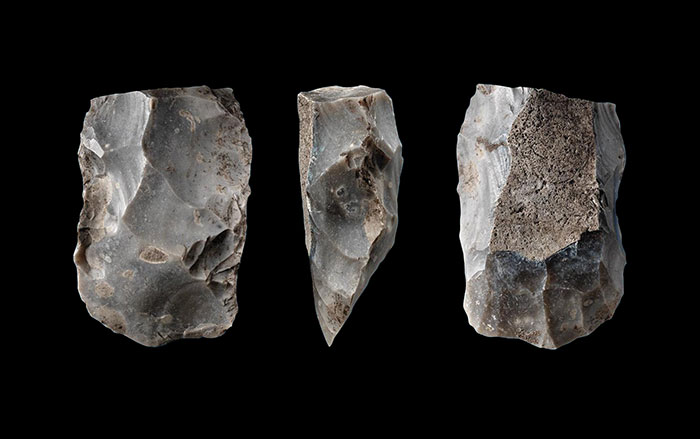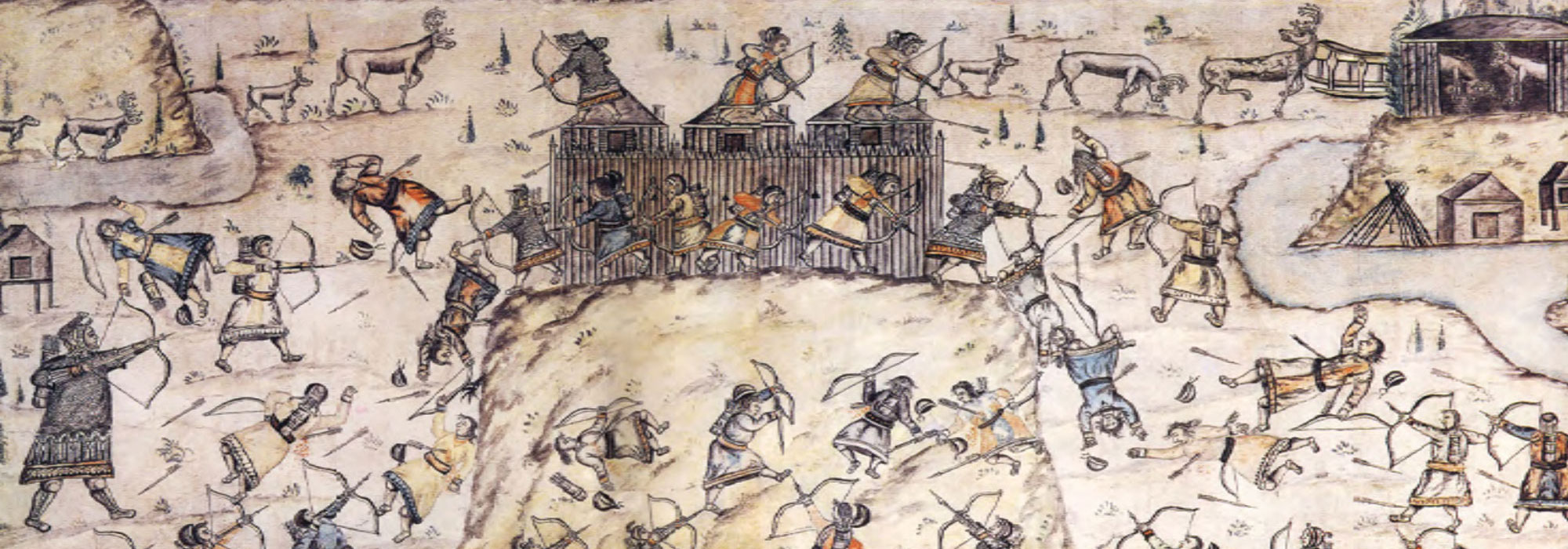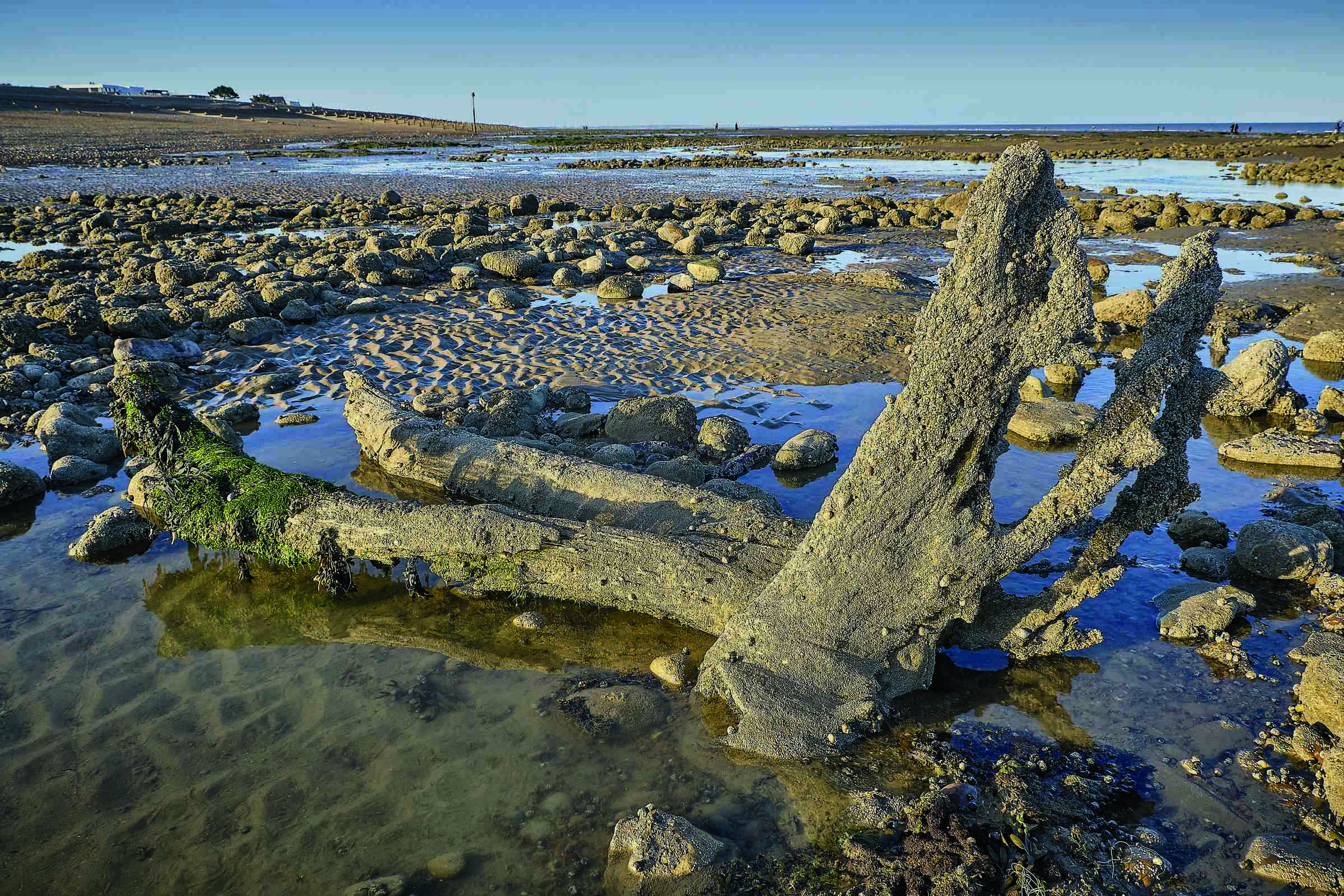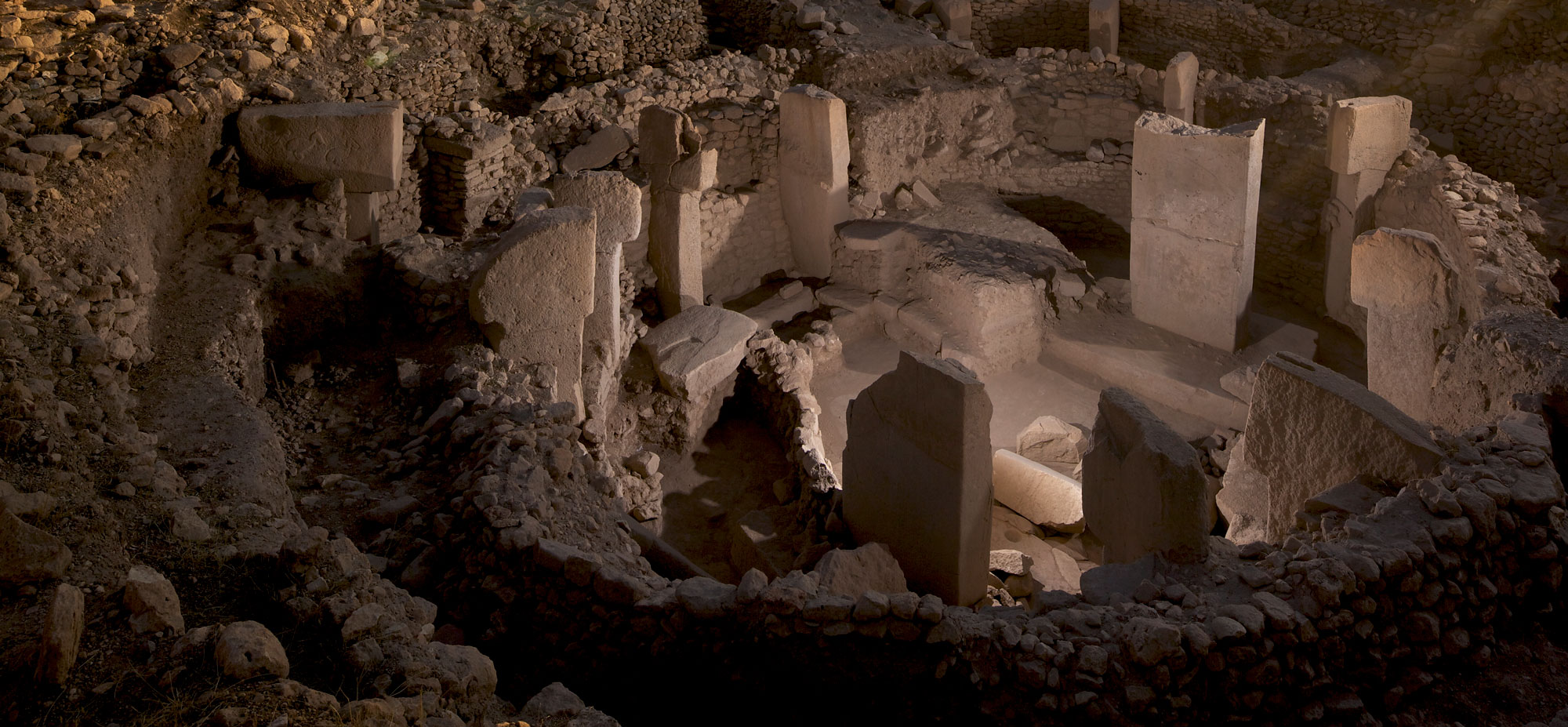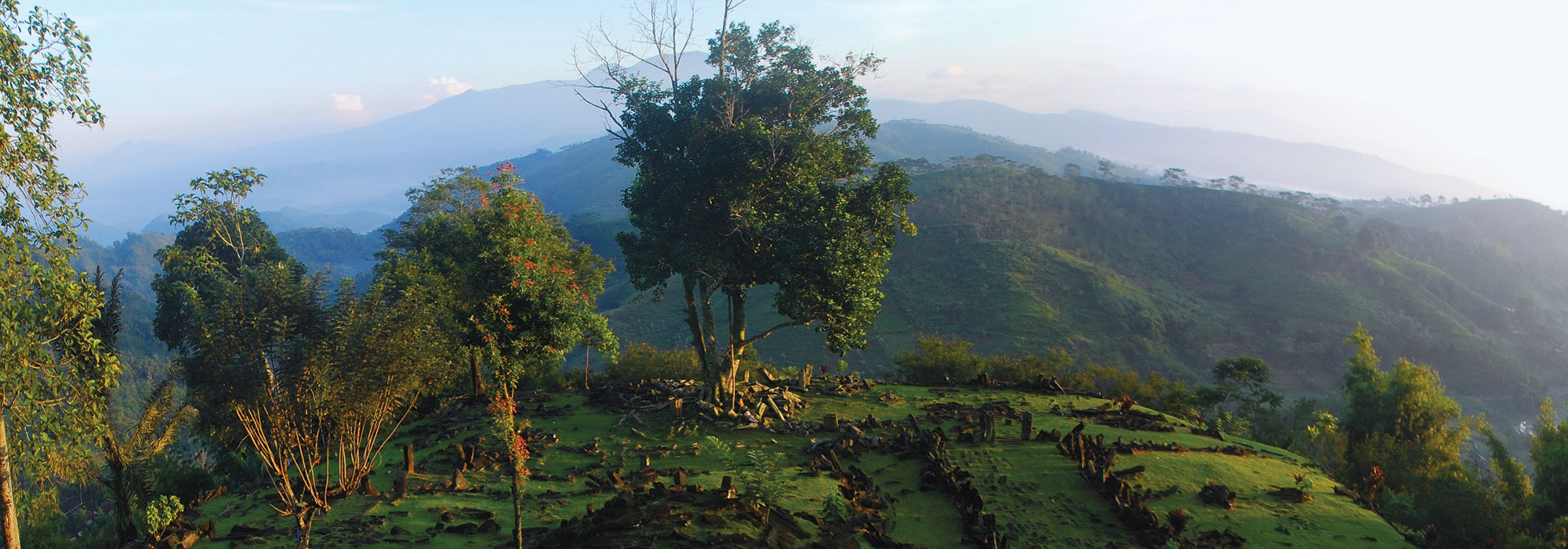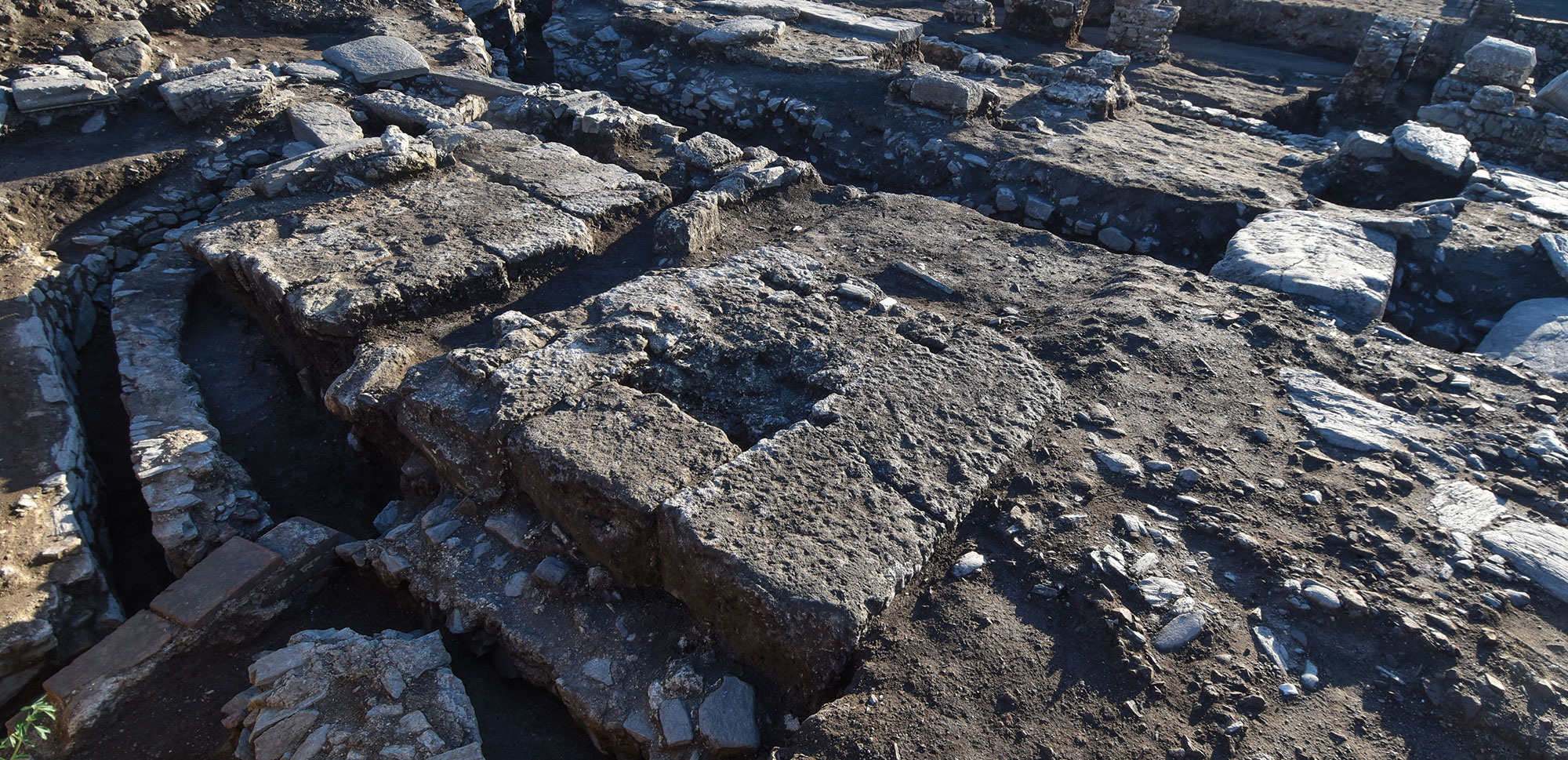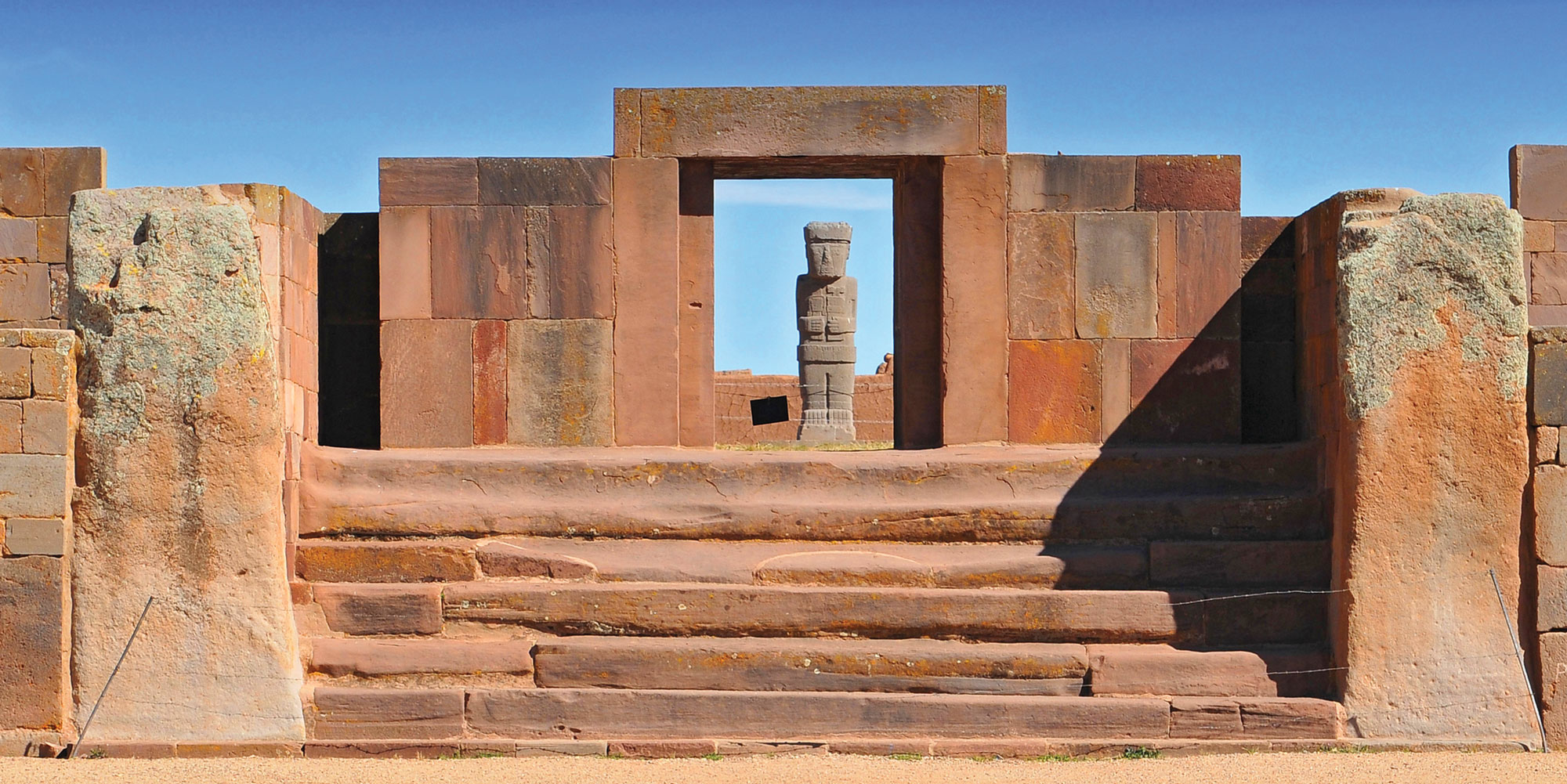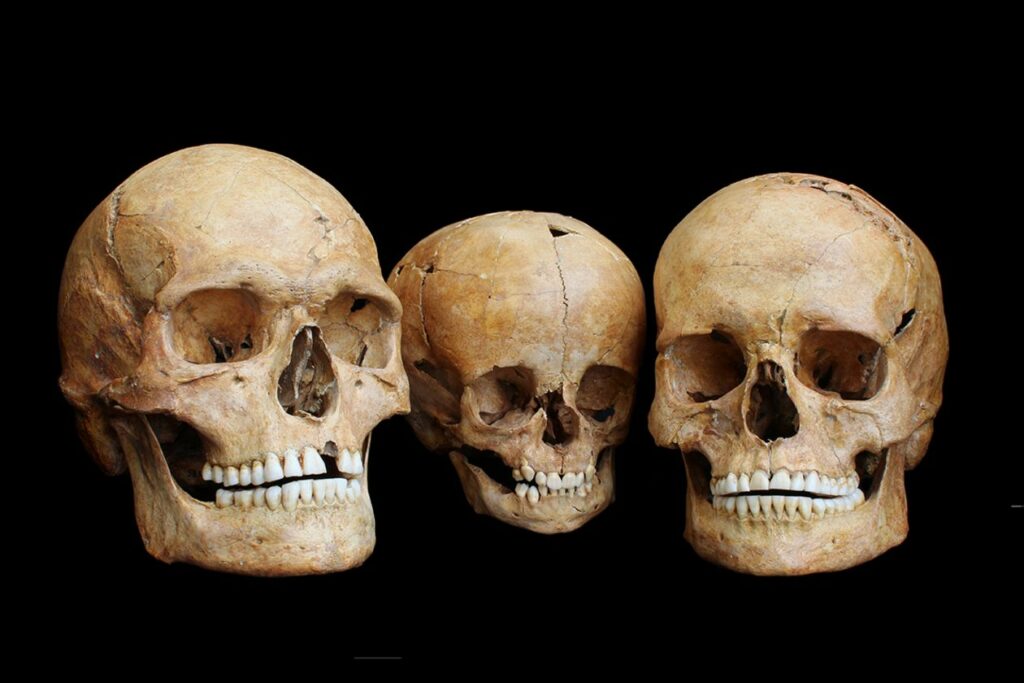
TÜBINGEN, GERMANY—According to a statement released by the University of Tübingen, an international team of researchers has studied the effects of climate change on hunter-gatherers living in Europe between 47,000 and 7,000 years ago by analyzing their teeth with a machine learning algorithm called Pheno-ABC. “This has allowed us to collect an unprecedented dataset [including some 450 prehistoric humans from all over Europe] that is significantly larger than previous skeletal and genetic datasets,” said Hannes Rathmann of the University of Tübingen. The researchers focused on inheritable features of teeth, such as their shape, the ridge and groove patterns on the chewing surfaces, and the presence or absence of wisdom teeth to track relationships among Ice Age peoples. The study suggests that between 47,000 and 28,000 years ago, the populations of Western and Eastern Europe were genetically well connected, said Judith Beier of the University of Tübingen. Europe’s steppe landscape likely favored contact between groups of hunter-gatherers, she explained. But for the period between 28,000 and 14,700 years ago, the study detected no connection between the populations of Western and Eastern Europe. In fact, the size of the populations in both regions shrank, which led to a loss of genetic diversity. “Temperatures during this period dropped to the lowest values of the entire Upper Paleolithic and culminated in the Last Glacial Maximum, a time when ice sheets reached their greatest extent and covered most of northern and central Europe,” Rathmann said. Populations in the West are thought to have gone extinct and were later replaced by migrants from Eastern Europe as temperatures rose, Beier added. Read the original scholarly article about this research in Science Advances. To read about a now-submerged world beneath the North Sea that was the heartland for European hunter-gatherers after the last Ice Age, go to "Letter from Doggerland: Mapping a Vanished Landscape."



